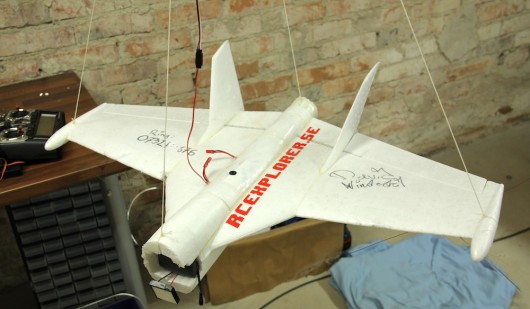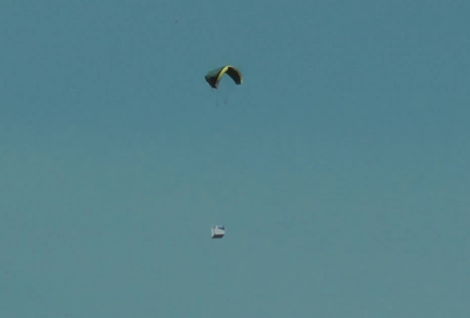
Welcome to Eindhoven! We came to visit a few hackers from MadSpace (translated) but unfortunately they are in the process of moving, and there was not much to see at the space. Lucky for us, our visit corresponded with the Dutch Design Week (translated)! So we still had some cool things to see!
Eindhoven has a very interesting history. Phillips was founded here back in the late 1800’s, with a single factory, but in the past century it grew into what could almost be called Philip’s City. A stretch of a few kilometers of Phillips buildings dominated Eindhoven and almost everyone worked for them. Fast forward to the present and most of the buildings have been sold and turned into other businesses.
Continue reading “Hackerspacing In Europe: MadSpace In Eindhoven!”

















